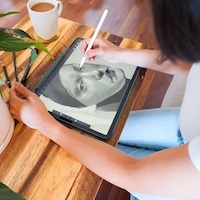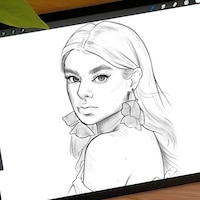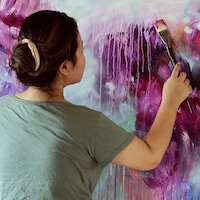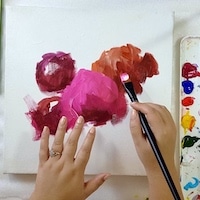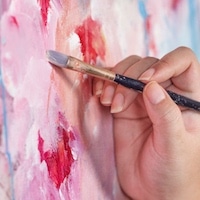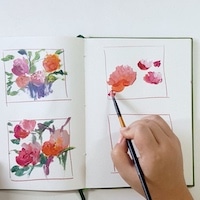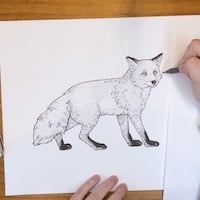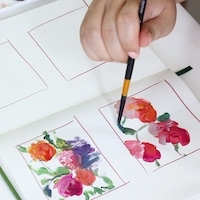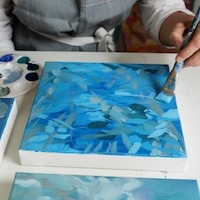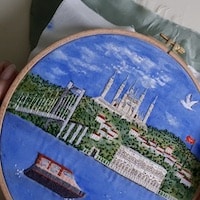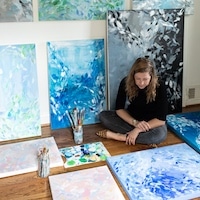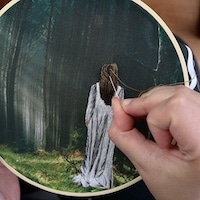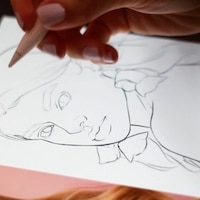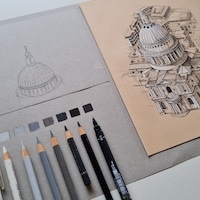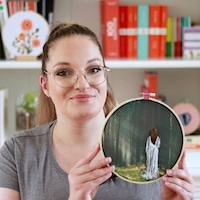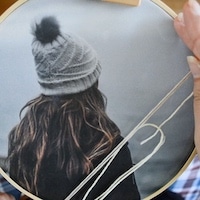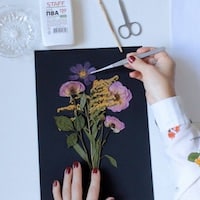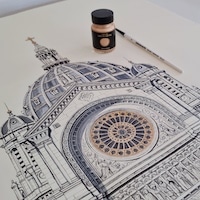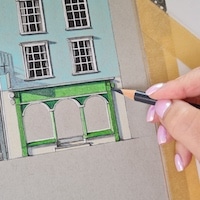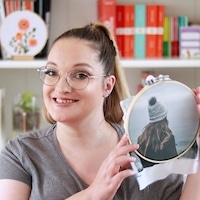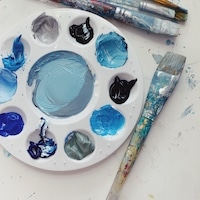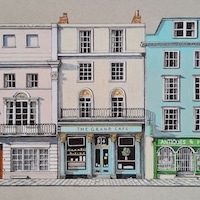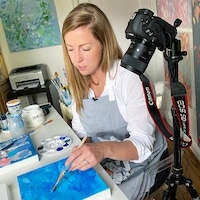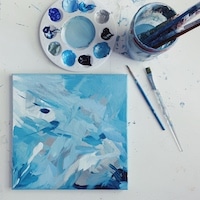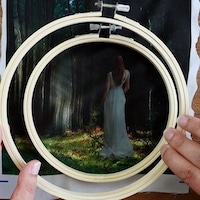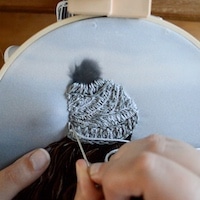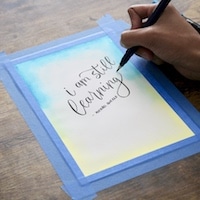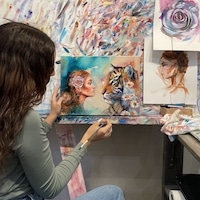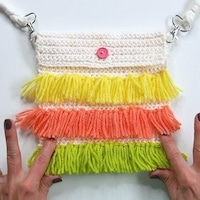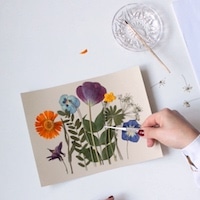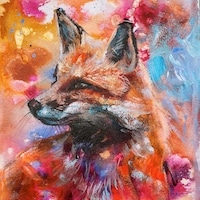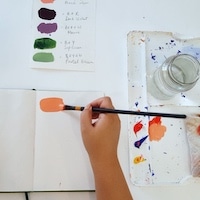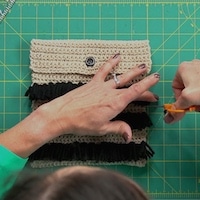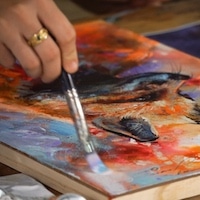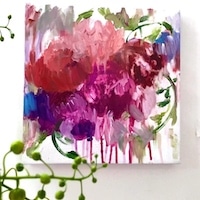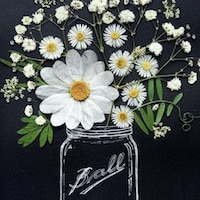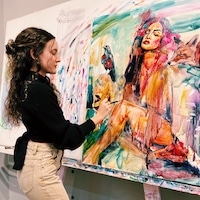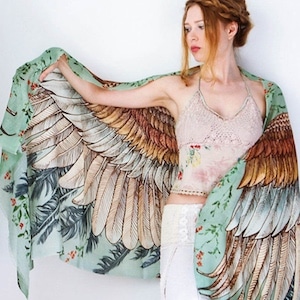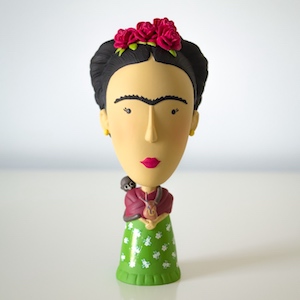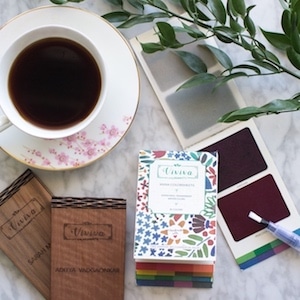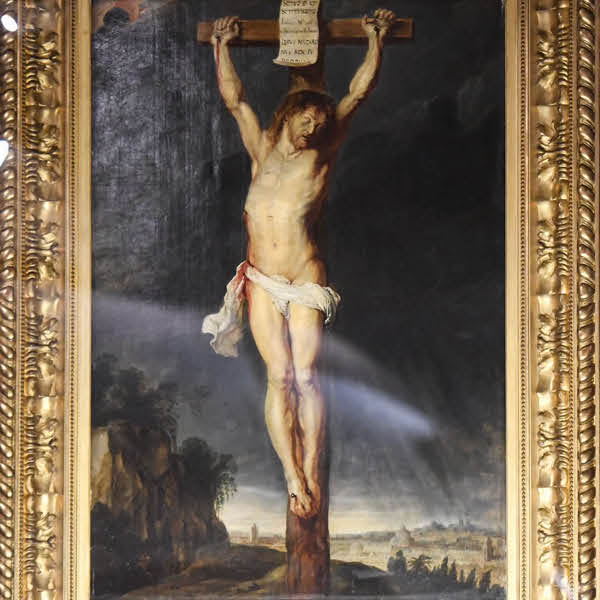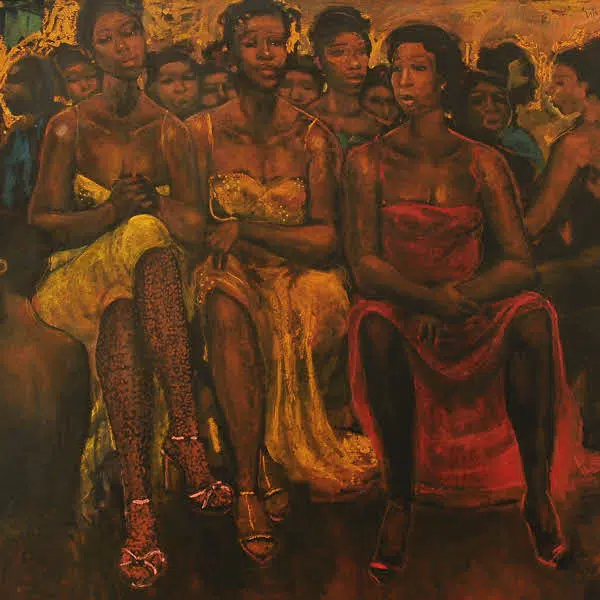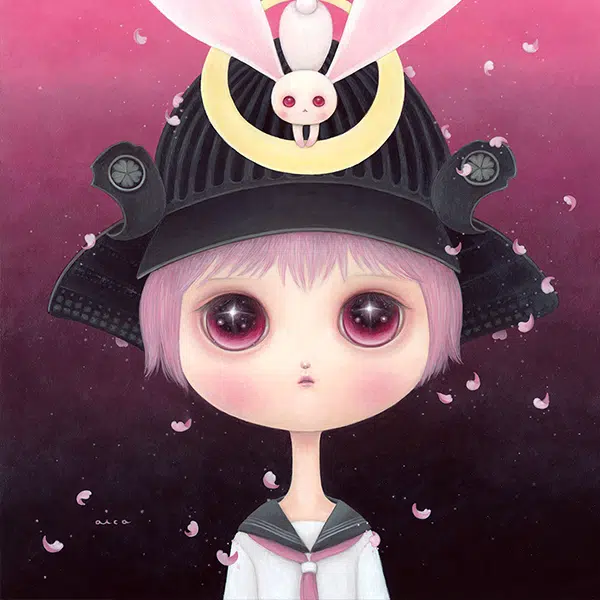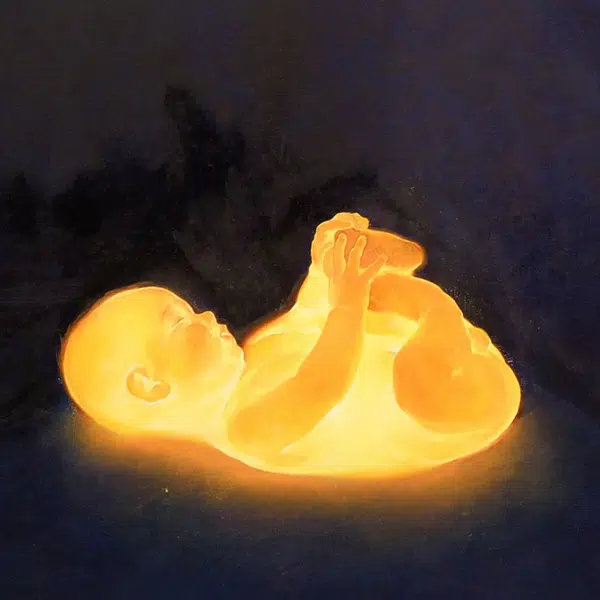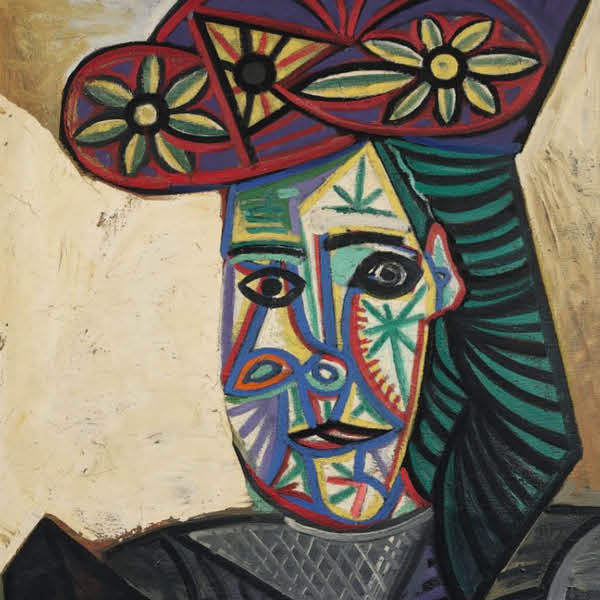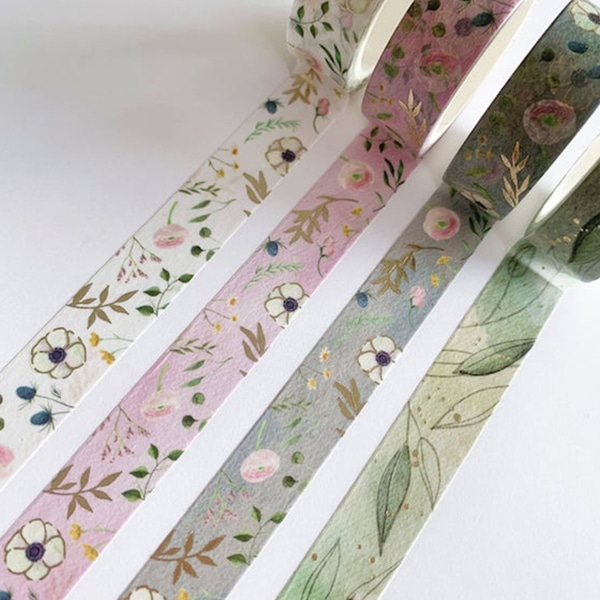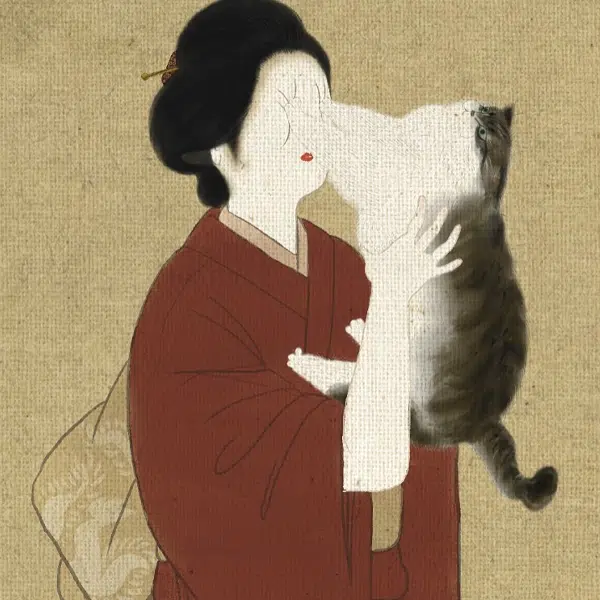
Stock Photos from JE-MTY/Shutterstock
This post may contain affiliate links. If you make a purchase, My Modern Met may earn an affiliate commission. Please read our disclosure for more info.
When artist Jackson Pollock passionately tracked paint across canvases in the late 1940s, he catapulted drip painting into history books. His Abstract Expressionist masterpieces continue to hold a special place in the popular imagination, symbolizing the freedom of creativity. While they may seem easy to create, the truth is that drip painting can be challenging to master, but rewarding in the end.
This type of fluid art, which calls for pouring or dripping paint across a surface, creates incredibly dynamic abstract paintings. Pollock often used sticks, hardened paintbrushes, and basting syringes to paint his masterpieces, shaking up traditional dynamics. Following his legacy, artists have been liberated to use any means necessary to create these action paintings.
So what's the easiest way to follow in Pollock's footsteps? Practice makes perfect and with just a few simple materials, you can get started and begin making your own abstract drip paintings.
View this post on Instagram
Materials for Drip Painting
You don't need to spend a lot to get started with drip painting. Pollock often used gloss enamel paints intended for interior house painting or industrial purposes. Today, there are different types of gloss enamel paints made for hobbyists or you can try fluid acrylic paint to get the consistency you are after. Acrylics can also be thinned using pouring mediums, which will allow you to get good drips without compromising the quality of the artwork.
DecoArt Media Fluid Acrylic
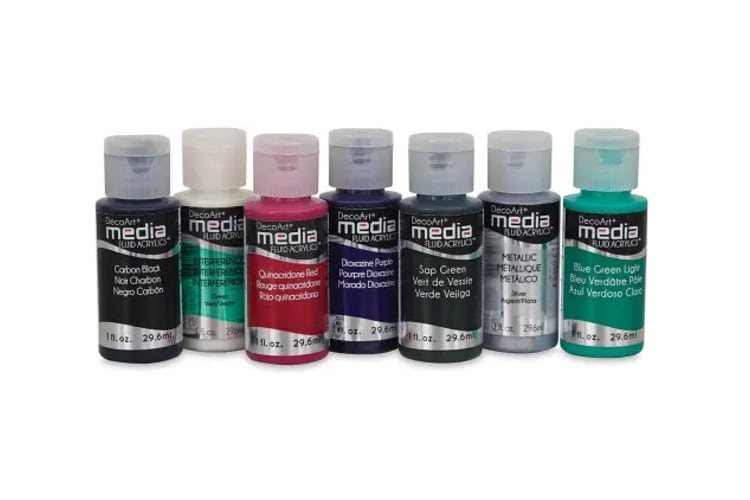
DecoArt | $3.17
Apple Barrel Acrylic Craft Paint Set
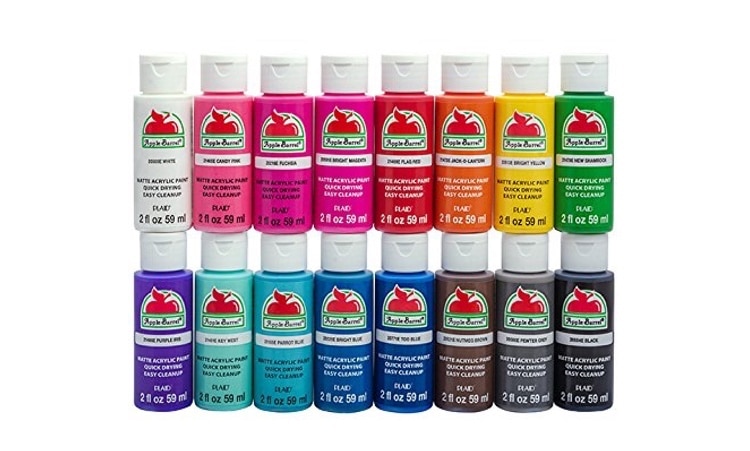
Apple Barrel | $21.34
Blickrylic Student Acrylic Paint
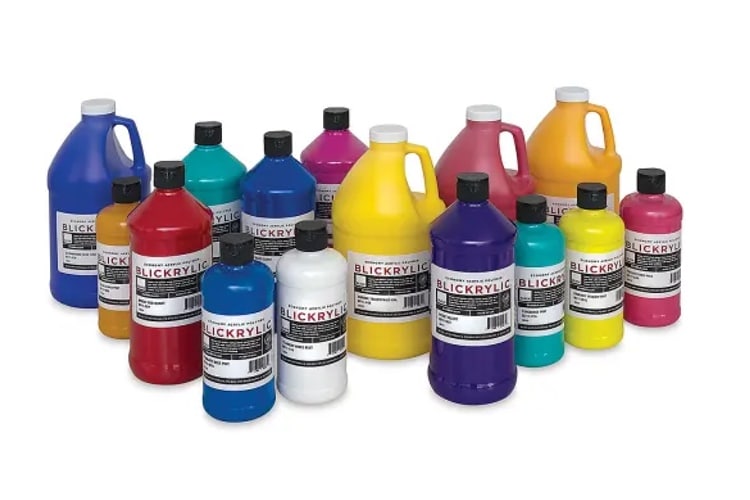
Blick | $5.82+
Golden Fluid Acrylics
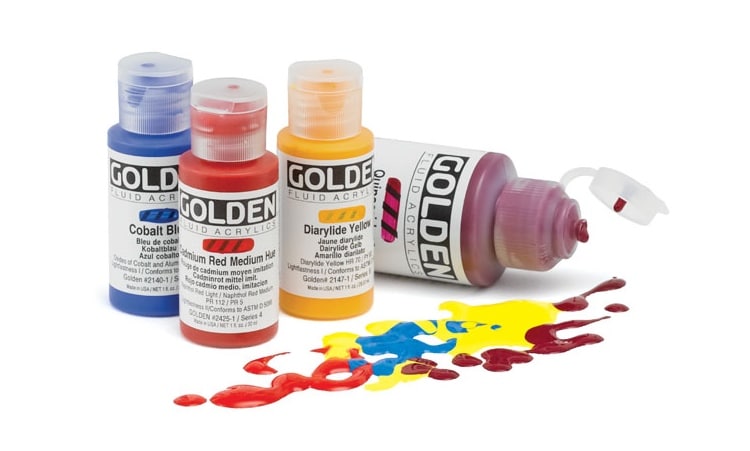
Golden | $6+
DecoArt Pouring Medium
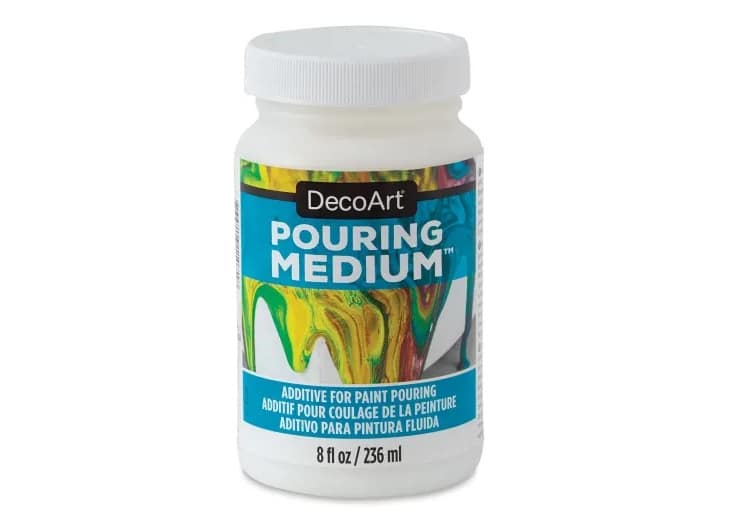
DecoArt | $5.98+
Liquitex Pouring Medium
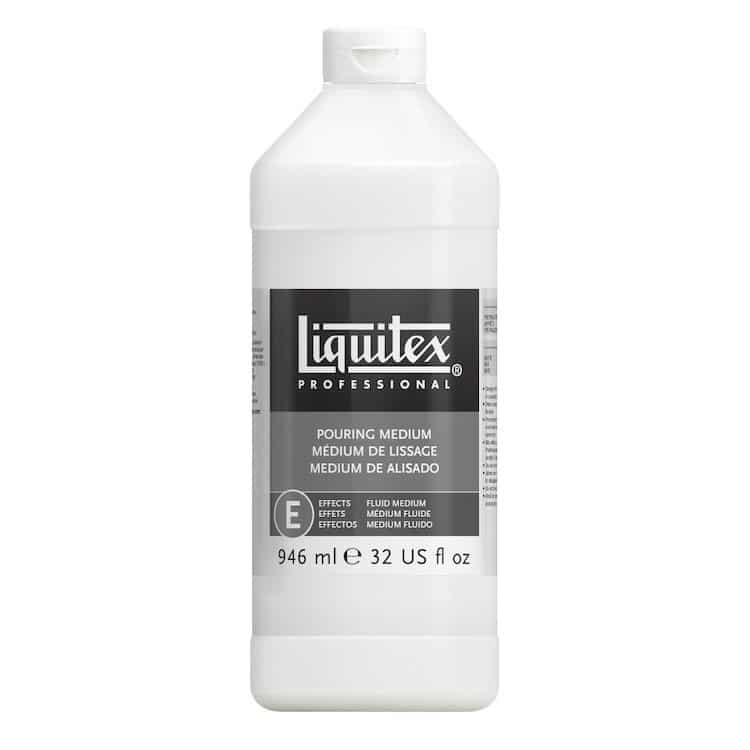
Liquitex | $29.12
Drip Painting Tutorials
Want an easy entry into this abstract painting technique? These online tutorials give great ideas on how to get started with simple drip paintings. Once you have the technique down, you can create even more advanced work. Remember, before you get started you'll want to make sure you protect your surroundings, as this type of painting can get messy. And make sure you're patient, as you'll want to let layers dry before proceeding so that your colors don't bleed together.
Learn more about how Jackson Pollock created his action paintings in this tutorial from MoMA.
Related Articles:
11 Easy Acrylic Painting Techniques for Artists of All Levels
7 Innovative Painting Techniques That Don’t Require a Paintbrush
What is Ebru Art? Exploring the Ancient Techniques of “Painting on Water”
Everything You Need to Know to Create Textured Paintings with Palette Knives

